Filled with anger and ire, Barbarians in Baldur’s Gate 3 have made a name for themselves with their brutal animations and unbreakable durability. But, even behemoths like them can benefit from a multiclass build.
Knowing when to multiclass, and why you should multiclass, a Barbarian is difficult, as the class itself is so angry that it pushes many other builds away. However, there are a few classes that Barbarians should take some pitches from if they want to be extra effective.
The best Barbarian multiclass options in BG3
Barbarians are frontline bruisers, with above-average melee damage and the best durability in the game. However, they suffer from having no true long-term plan, thanks to the limitations on Rage. Classes that can give them benefits to make between-Rage combats less painful are all fantastic for the Raging class.
The Shouting Fencer: Barbarian 7/Rogue 5
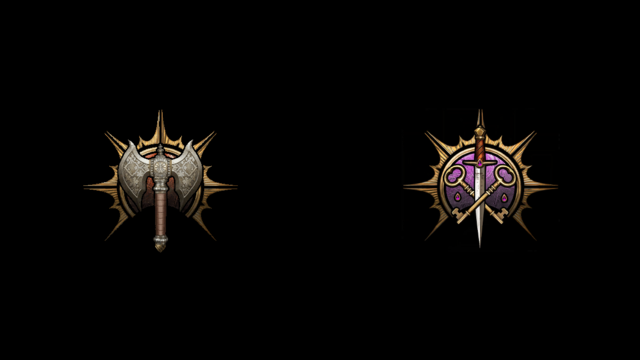
- Role in party: Melee bruiser
- Pros: Exceptionally easy access to Sneak Attack, two bonus actions for extra attacks, surprisingly good out-of-combat utility.
- Cons: Lower critical hit damage, lose one feat
- Feats: Ability Score Improvement (Strength)
- Important magic items: Duelist’s Prerogative, Bonespike Garb
This build focuses on the Barbarian’s Reckless Attack feature to get easy access to the bonus damage of the Sneak Attack of Rogue, potentially skyrocketing damage per turn.
The Build
Getting Barbarian to level five for Extra Attack should be your priority. After that, start dedicating to Rogue levels so you can be immediately impactful. We prefer two more Barbarian levels than any Rogue shenanigans, since Feral Instinct is shockingly impactful. Half-Orcs are almost necessary for the build, though any background can work. Make sure you’re proficient with Athletics.
Your ability scores are going to be odd. Prioritize Strength and Dexterity for damage and initiative. Constitution is also important, though very slightly less so. We like STR 16, DEX 16, CON 14, or STR 17 if you plan on getting the plus-one from Auntie Ethel. Wisdom is the most important mental stat, though not by much.
Your subclasses are Berserker and Thief. Berserker offers the highest damage through bonus attacks while Thief gives you more bonus actions to make those attacks with. Be careful with Frenzied Strike, however, since that can very quickly stack negatives to your attack rolls.
Your Expertise options from Rogue aren’t super important. We recommend Sleight of Hand and Athletics, allowing you to solve puzzles through picking locks or leaping far.
For feats, we recommend simply putting Ability Score Improvements in Strength. We’re stuck with only two feats with this setup, so we might as well pump Strength to the roof. If you plan on providing your Barbarian with extra ability score increases, you can consider getting the Sentinel feat to combo with our weapon of choice.
Magic item selection is a bit more important for this class than others. Your weapon must be a Finesse weapon, and the best option by far is the Duelist’s Prerogative, which gives additional attacks while only wielding one weapon. We also recommend going unarmored to make good use of the Bonespike set, so consider also taking the Gloves of Dexterity or the Amulet of Greater Health. Getting a ranged weapon with bonus critical hit chance on it, such as The Dead Shot, is a fantastic idea.
Uses
In combat, there’s little separating this build from a standard Barbarian; walk towards a group of enemies, Rage if you’re worried about taking hits, and start attacking. Reckless Attack is more important than usual, since your Sneak Attack applies to targets you have advantage on. Use your bonus action for Leaps and Shoves as you need to, since Duelist’s Prerogative doesn’t let you dual wield very effectively.
Don’t feel like you need to Rage at any encounter with even a medium number of characters. You can use the bonus reaction from Duelist’s Prerogative to use Uncanny Dodge to avoid damage. You’ll still be eating hits and have less health than a pure Barbarian, though, so take your fights carefully. Using your extra bonus action to Hide or Disengage isn’t a bad idea if things are going poorly.
Holy Wrath: Barbarian 6/Cleric 6
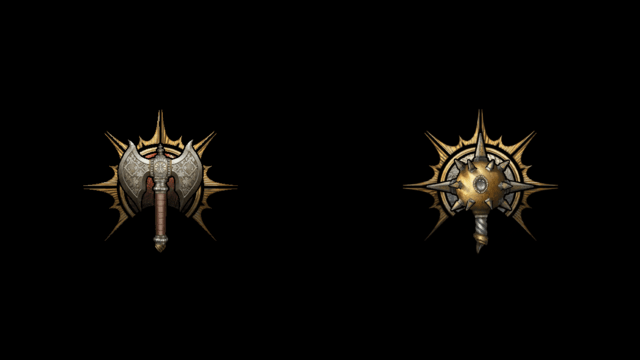
- Role in party: Frontline bruiser, occasional spellcaster
- Pros: Adds strong magic to a Barbarian’s toolkit, access to heavy armor for out-of-Rage moments.
- Cons: Casting requires you to not be raging, lose access to a feat
- Feats: Ability Score Improvement, Great Weapon Master
- Important magic items: Sethan, Amulet of the Devout, The Reviving Hands
The Cleric‘s spell list is one of the few strong enough to justify having to deal with the Barbarian’s frustrating Rage. By focusing on summoning spells and some small healing magic, you can make a support that’s basically incapable of dying.
We talk about the Barbarian/Paladin multiclass in the Paladin guide.
The Build
Get your Barbarian to Extra Attack as soon as you can. However, you should feel free to get one or two levels into Cleric whenever you’d like. Healing Word is a life-saving spell, so having it active is a good idea. After level six Barbarian, you can more effectively dedicate yourself to Cleric.
No race nor background is needed here, though Hill Dwarf for health is a good idea.
For ability scores, we recommend Strength 16 and Wisdom 16, giving Constitution a 14, and Dexterity 12. This is very low Constitution for a Barbarian, but our focus for Cleric is on buffs and offensive summons. We want our DCs to be acceptable.
Our subclasses are Wild Magic and War Domain. Wild Magic is guaranteed to work, since we have our own spell slots, while the War Domain gives us damage through a gigantic attack roll bonus and bonus action attacks. War Domain works great with a Paladin in the party, guaranteeing that attacks land for things like Smite. Life Domain is another consideration, especially with all of the healing synergy items in BG3.
Having a cantrip like Sacred Flame is a good idea. Barbarians’ default ranged option is chucking axes, so having a more consistent and less expensive ranged attack is a good idea. Guidance is great out-of-combat and Resistance can rarely come up during events.
The spells you want depend hugely on if you’re going to Rage or not. Raging spells include emergency options like Healing Word, Mass Healing Word, and Lesser Restoration, spells that give your party actions back if the fight goes south. Not-Raging spells include options like Hold Person and Spiritual Guardians. Spiritual Weapon doesn’t require concentration and can be used in or out of rage.
For feats, we recommend spreading your Ability Score Improvements by putting two into Strength and then two into Wisdom. You can instead focus on damage by getting Strength and Great Weapon Master. You are actually fairly accurate overall, so losing some Strength to focus on damage is far from a bad idea.
Your magic items matter a bit. Getting healing synergy items can turn your non-Raging bonus actions into huge buffs. The Reviving Hands, for instance, gives your entire party resistance to physical damage with Healing Word. However, don’t lose sight of your own damage. Greataxes like Sethan and rings like the Ring of Regeneration and Killer’s Sweetheart can help you buff yourself with other Life items and hit relatively hard.
Uses
This Barbarian is in two separate worlds. Upon entering a Rage, it behaves a lot like typical Barbarians. You can use Channel Divinity to gain accuracy on attacks or give accuracy to others, but you’re otherwise locked out of all spells. As a Wild Magic Barbarian, be sure to step away from allies before you enter your Rage to prevent damage to your friends. Use Bolstering Magic right before an important conflict to buff up attack rolls.
When not Raging, you can cast some spells. Third level magic isn’t exactly winning any awards, but you can use magic like Bless or Spiritual Guardians to easily turn the tide of battle. You can also wear Heavy Armor for extra Armor Class if you’re not planning on Raging. Knowing whether a fight is better for Rage or Casting is largely based on your party. Usually, more enemies means you should cast spells, while you’ll benefit more in boss fights from popping Rage and running at them, becoming the biggest threat in the room.
Be sure to use your Bolstering Magic carefully. You have good first and second level spells, but your other party members might be able to use them better.
Inner Peace, Outer Rage: Barbarian 8/Monk 4
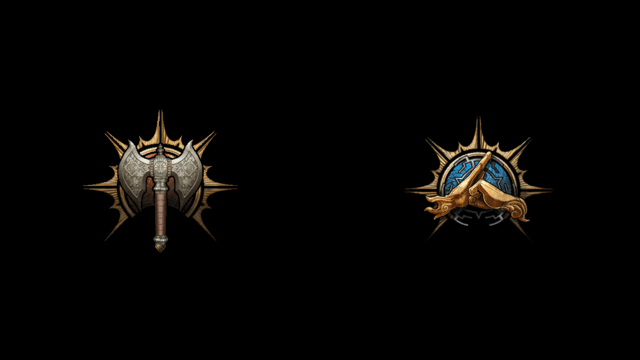
- Role in party: Melee damage dealer
- Pros: Utilize unarmed attacks to abuse Tavern Brawler, gain access to powerful bonus actions like Martial Arts.
- Cons: Monk doesn’t like armor or weapons, making your inventory quite limited. Rage damage doesn’t apply to Unarmed Strikes.
- Feats: Tavern Brawler
- Important magic items: Gauntlets of Frost Giant Strength, Bonespike set
While filled with minor anti-synergies, the Monk‘s impressive access to bonus action attacks helps the Raging Barbarian deal much more damage to targets of interest.
The Build
For this build to work, start investing in Monk immediately after you get to level five. Then, once you get to Monk three or four, you can safely return to Barbarian levels. Any race works well for this setup, though we recommend Gnome for advantage on mental saving throws.
Your attributes change a lot over the course of your campaign. To start, 16 Strength, 16 Dexterity, 14 Constitution, and 12 Wisdom will work. As soon as you get items that set your Strength to specific numbers—such as the Club of Hill Giant Strength—16 Dexterity, 17 Constitution, and 14 Wisdom will work better for you.
For subclasses, Wildheart (Bear) and Way of the Open Hand will do. Bear Heart is the only subclass that doesn’t have awkward anti-synergies with unarmed strikes, and Way of the Open Hand works well, since we plan on spamming Flurry of Blows like nobody’s business.
For feats, you’re going to want to pump Constitution through Ability Score Improvements for health and AC. However, Tavern Brawler gives a plus-one to Constitution while buffing our unarmed strikes to the moon.
It is imperative that you get the Gauntlets of Frost Giant Strength for this build so your Barbarian will have reasonable AC during later game conflicts. However, if you trust Bear Heart to keep you alive, you can use Gloves of Dexterity or Gloves of Soul Catching to aid your damage or armor. Bonespike Garb and Boots are must-haves.
Uses
This build centers around damage from Tavern Brawler, but largely only for your Flurry of Blows and Martial Arts actions. Find a good Monk weapon, such as Corellon’s Grace or Staff of the Ram, and walk at foes. Alternatively, if you like your unarmed strikes enough, you can just walk around unarmed and swing your fists.
Rage does a lot for this build, even without unarmed strike bonus damage. Resistance to all damage solves the biggest problem with the Monk’s lower health pool. Rage fairly often, though not as often as you spam Flurry of Blows.
You should consider yourself as a sort of unstoppable assassin, moving towards a big problem while taking next to no damage and kicking their teeth in. You will have a lot of additional movement speed, but your Saving Throws aren’t great without Corellon’s Grace. Be sure to adjust to that through other pieces of gear.
Out of combat, you won’t be too useful. Maybe you can get Sleight of Hand proficiency to help your party out. And there are some problems that can be solved by someone who likes to jump.
Others Asked
What is the recommended subclass for Bards in Baldur's Gate 3 and what benefits does it provide?
The recommended subclass for Bards in Baldur's Gate 3 is the College of Valor. It provides benefits such as Medium Armor Proficiency, Shield Proficiency, Martial Weapon Proficiency, and Combat Inspiration, which adds bonuses to allies' Attack Rolls, Ability checks, Armor Class, weapon damage, or Saving Throws. It also grants an Extra Attack at level six.
What are some recommended multiclass builds in Baldur's Gate 3 and why are they suggested?
Some recommended multiclass builds in Baldur's Gate 3 are Sorcerer and Warlock (Sorlock), Sorcerer and Paladin (Sorcadin), and Rogue and Ranger (Gloomssassin). These builds are suggested because they synergize well with each other, complementing the strengths and abilities of their paired classes.
What is a multiclass build in Baldur's Gate 3?
A multiclass build in Baldur's Gate 3 involves taking a character who begins as one class and adding an additional class. This additional class gains fewer starting proficiencies and negates some bonuses, but class features and traits are added to your character almost verbatim. Some class features, such as Channel Divinity or Extra Attack, do not stack.


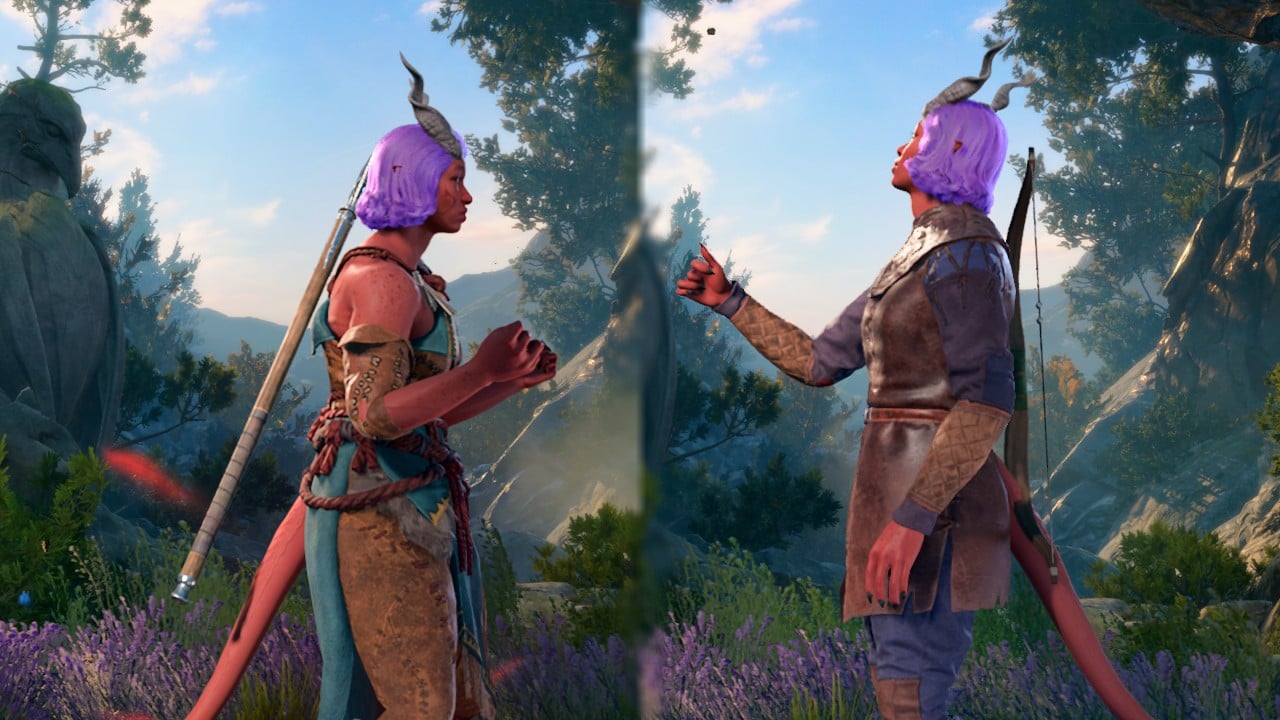
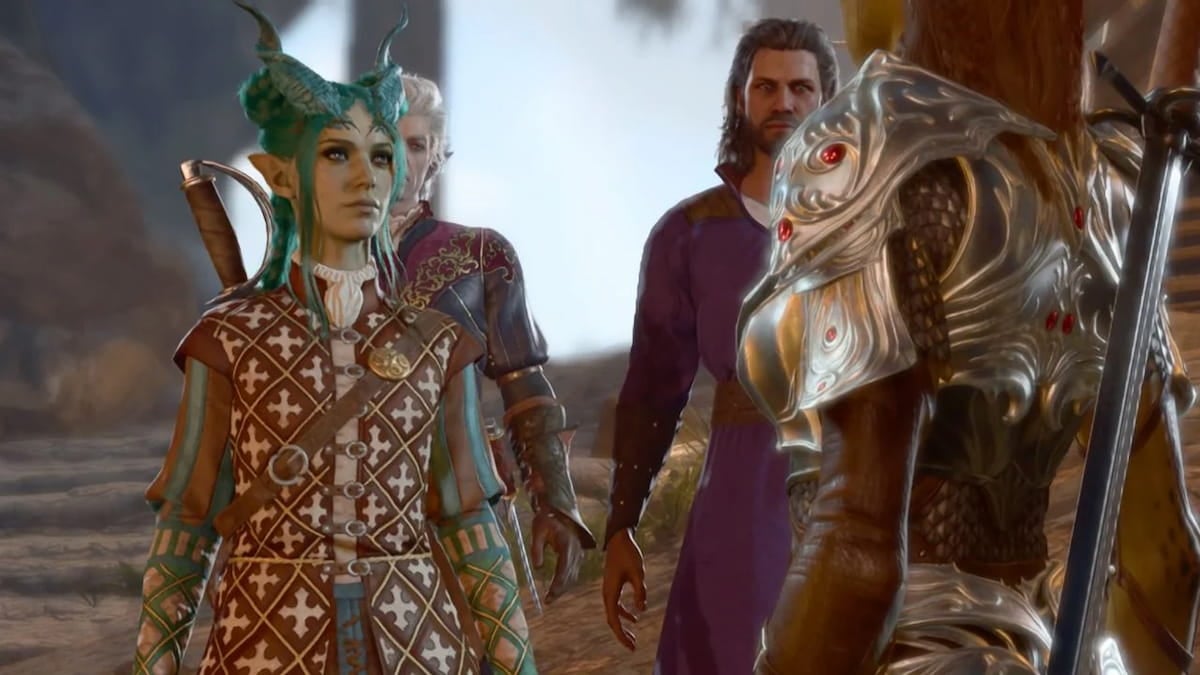
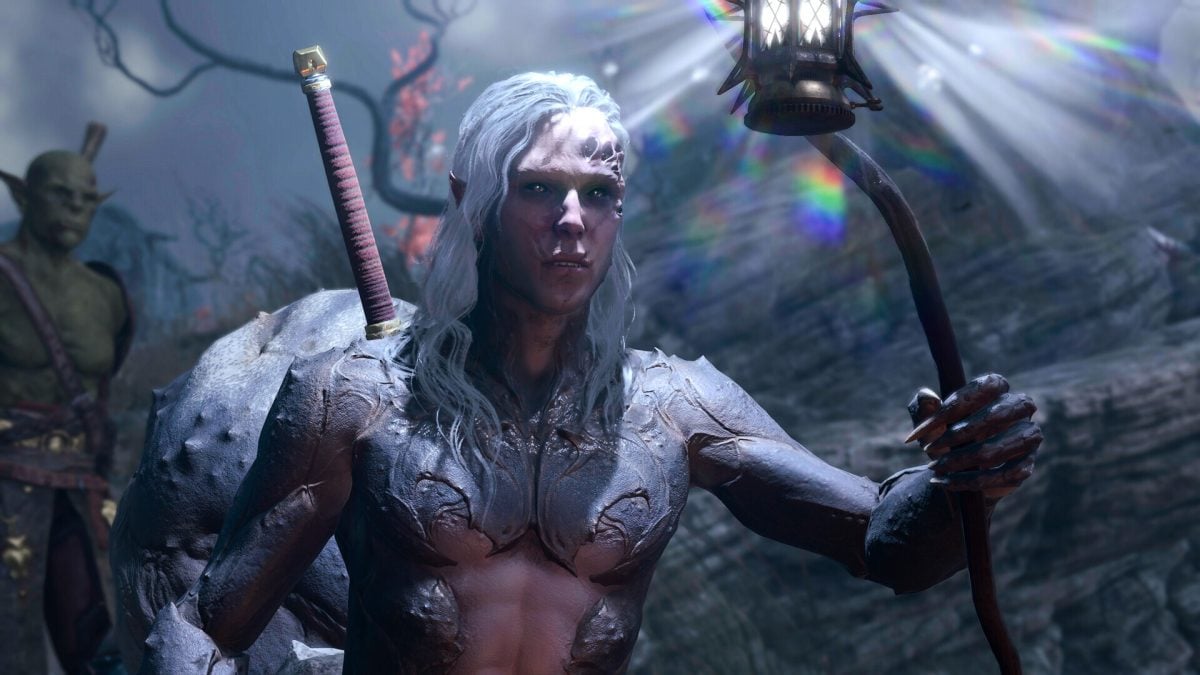
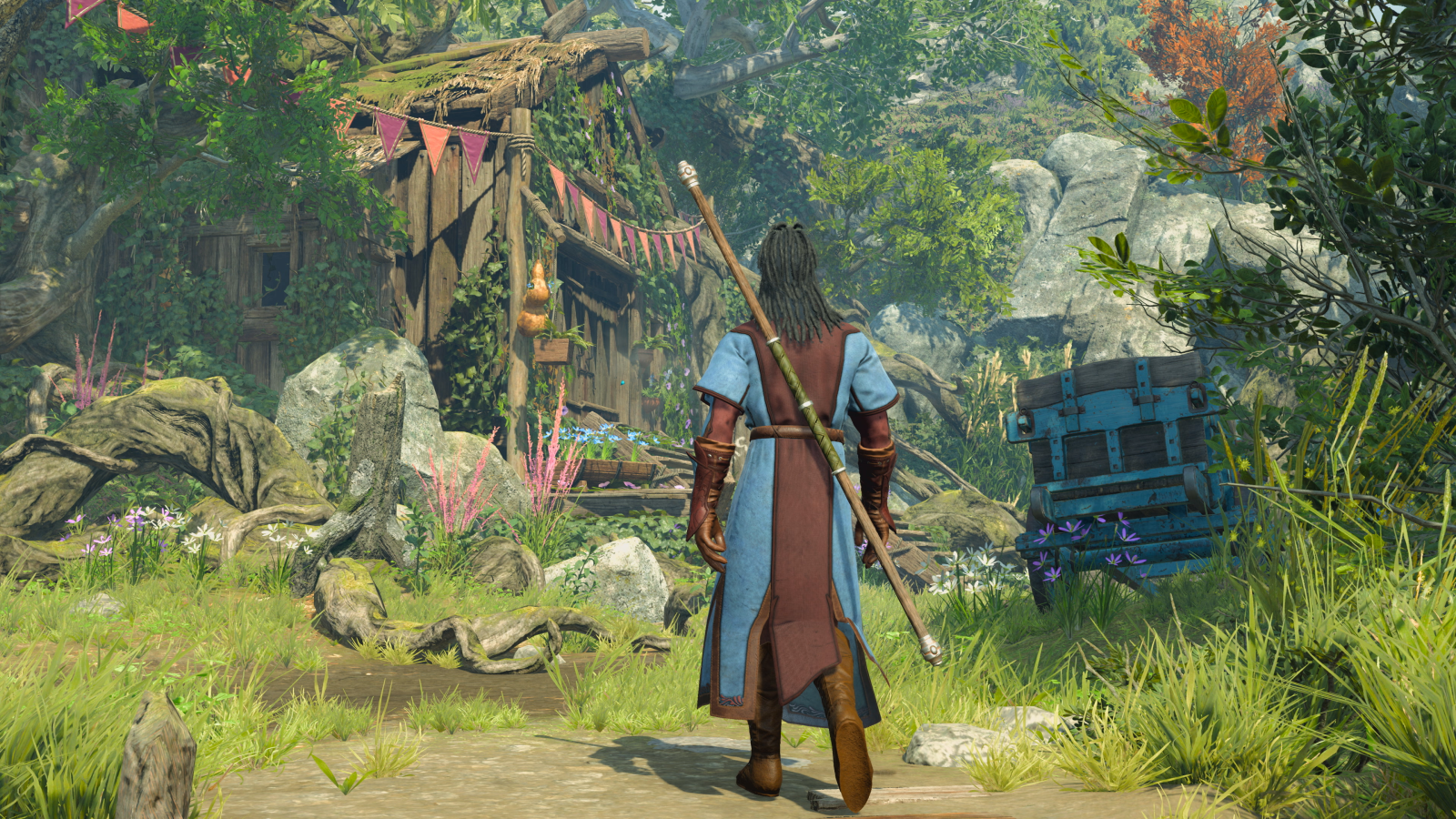
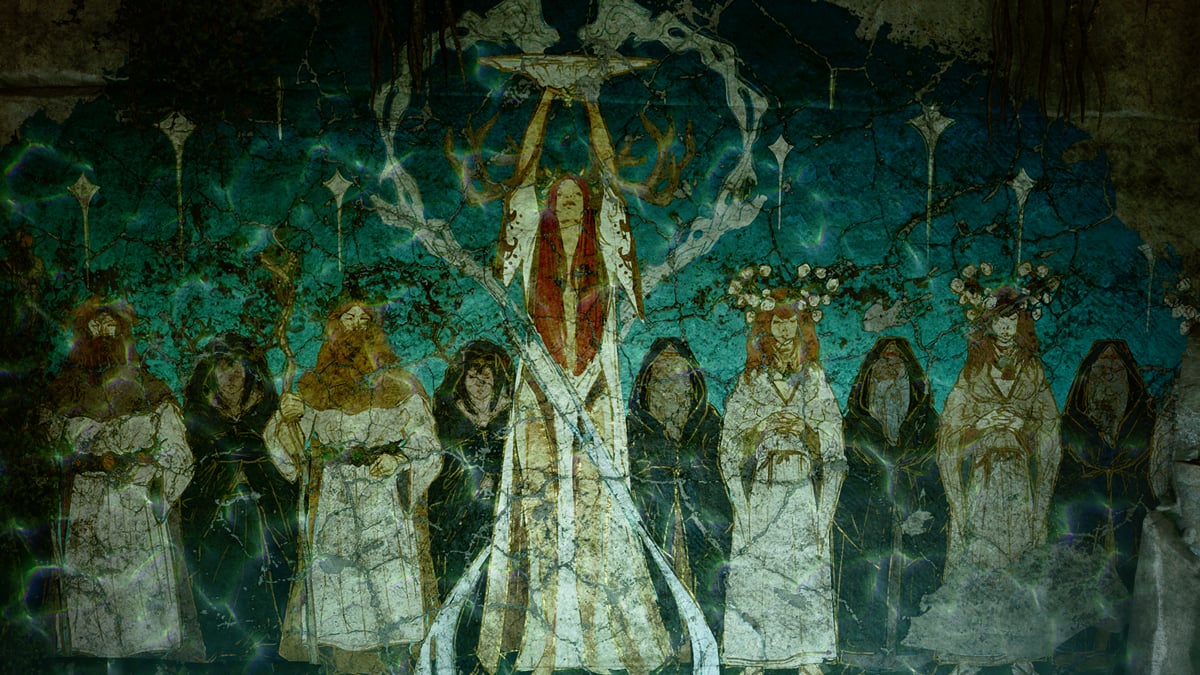
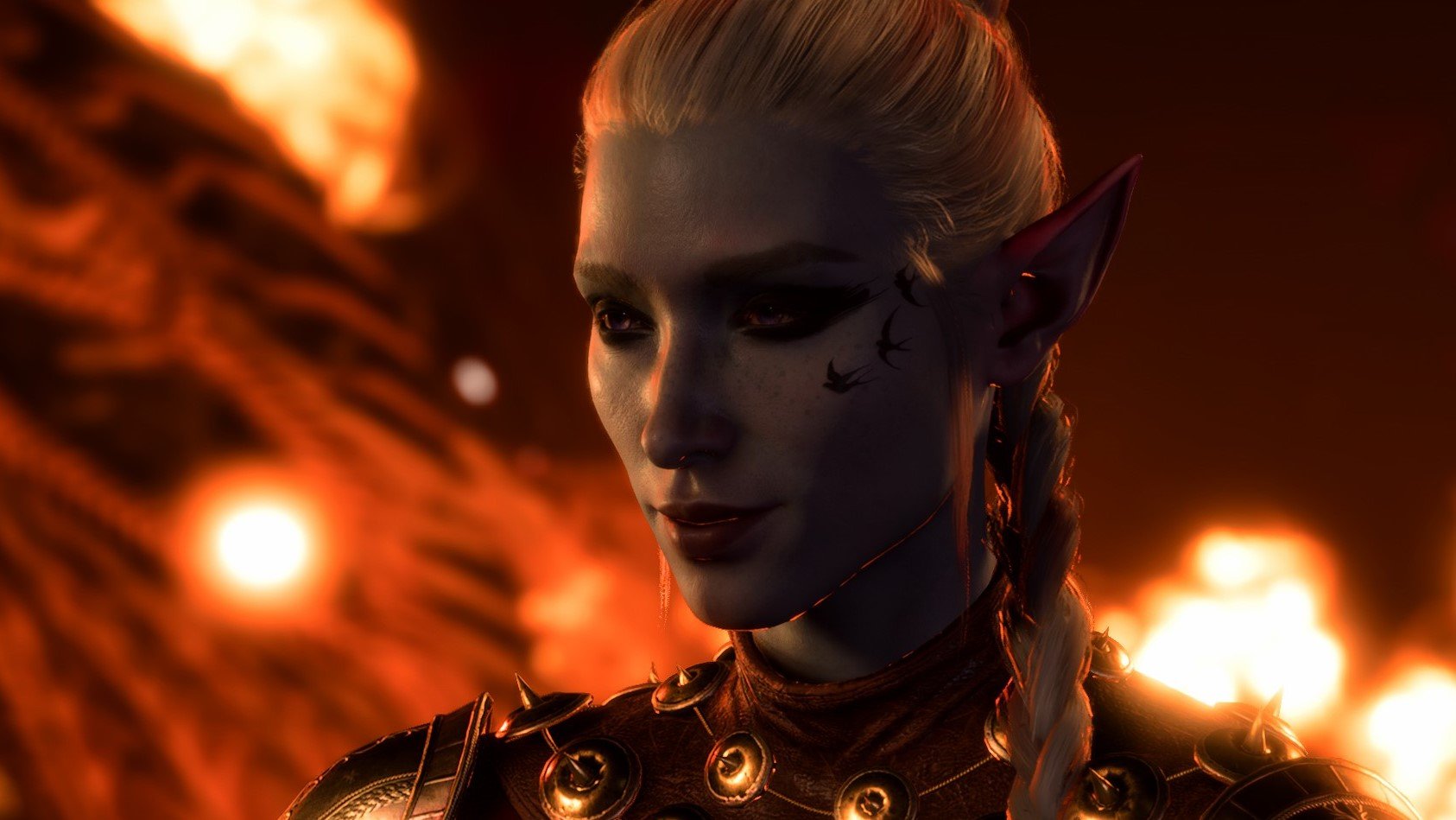
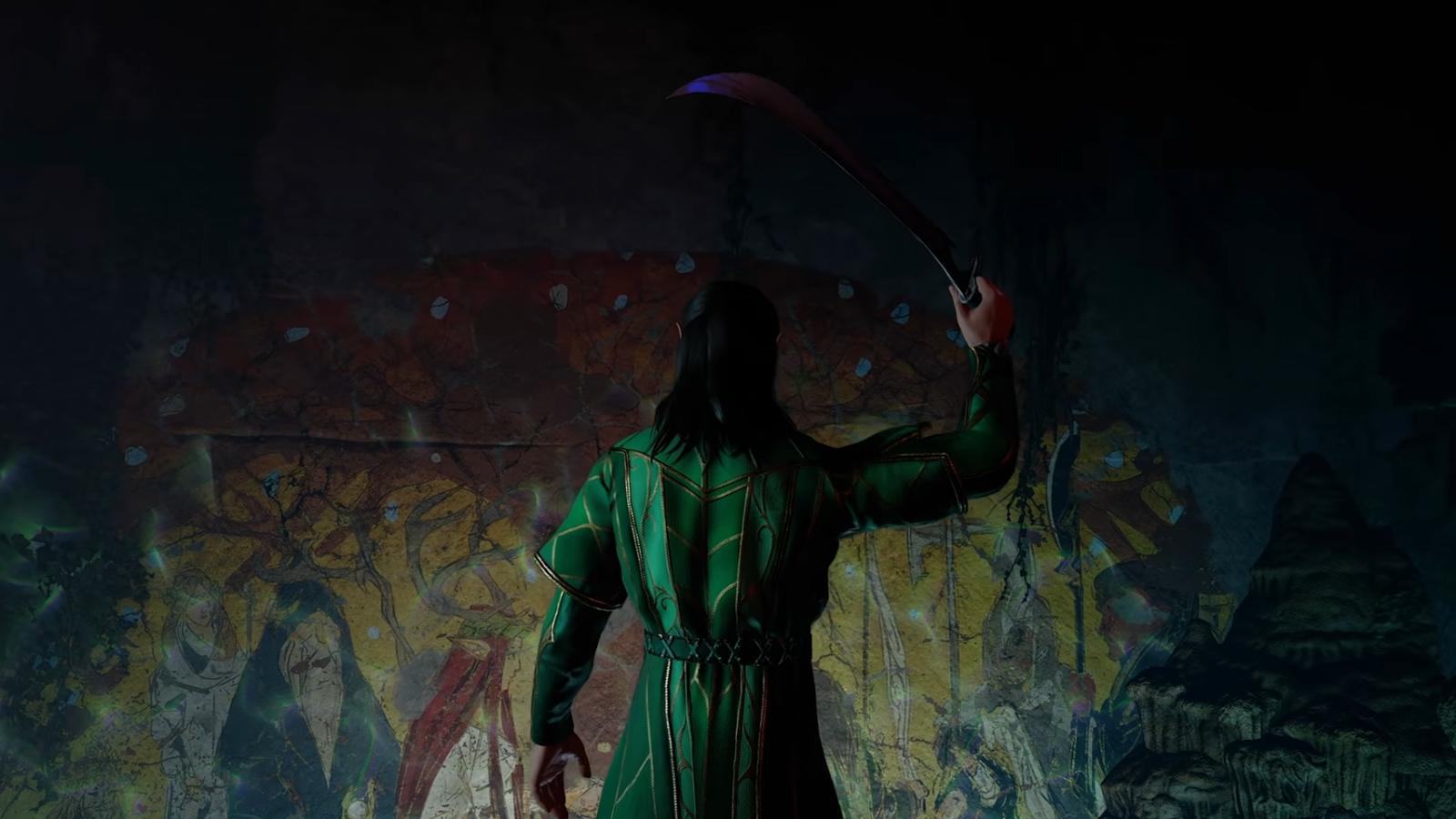
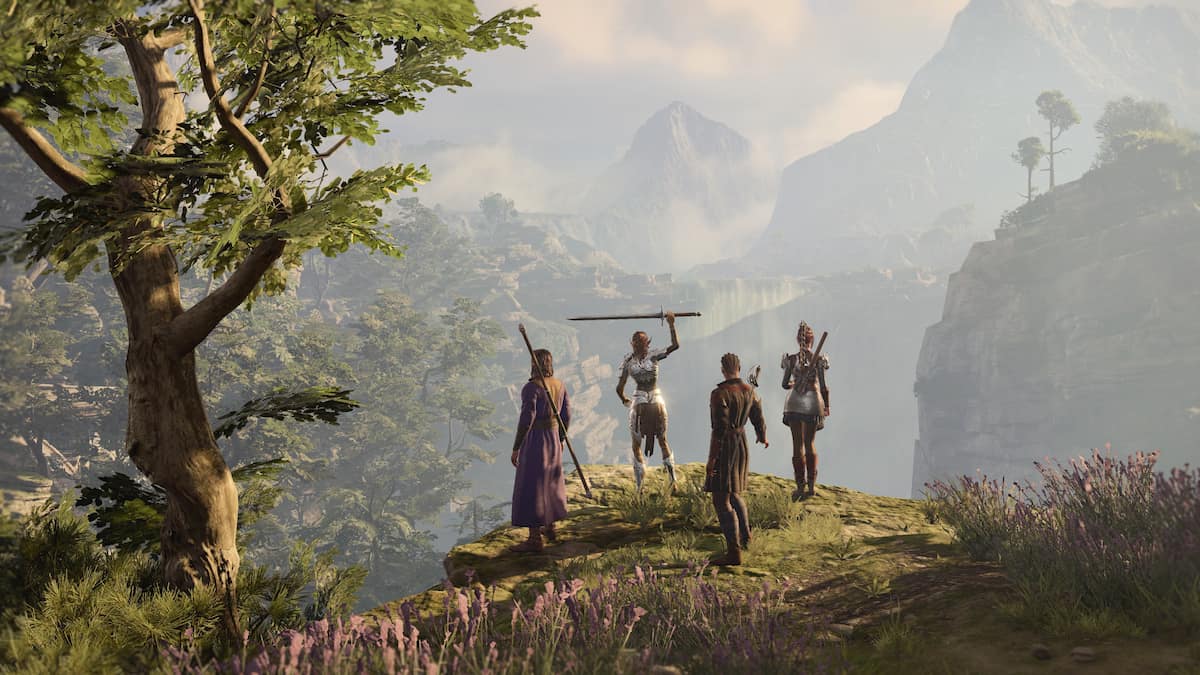
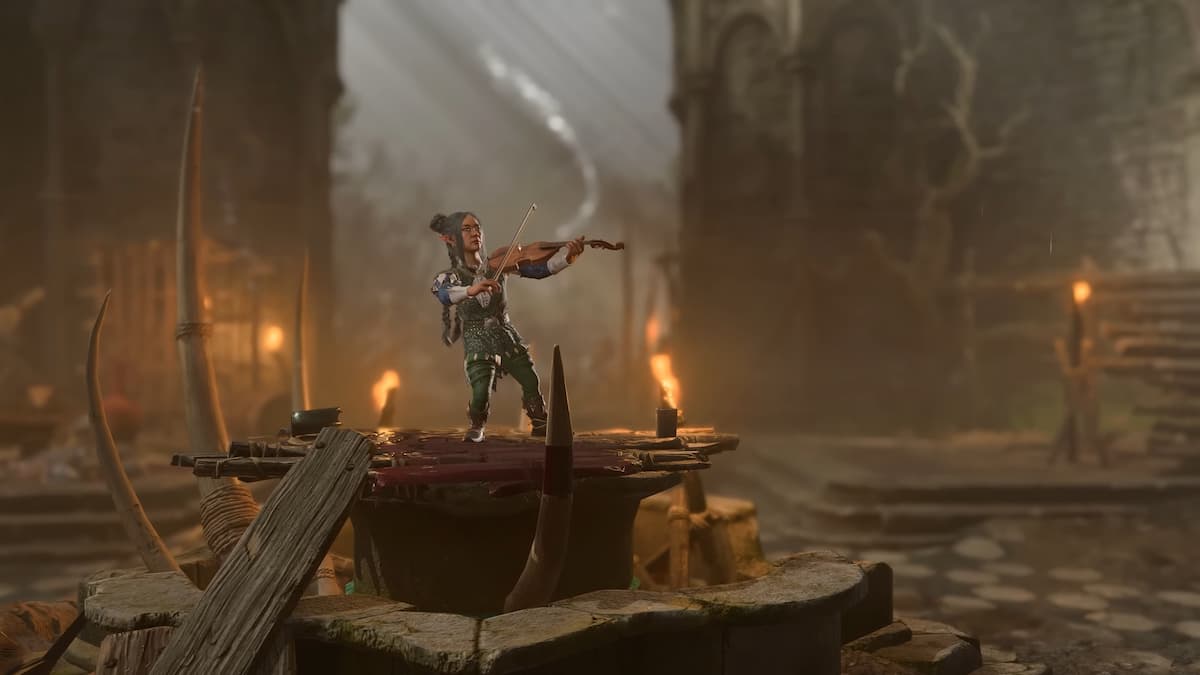
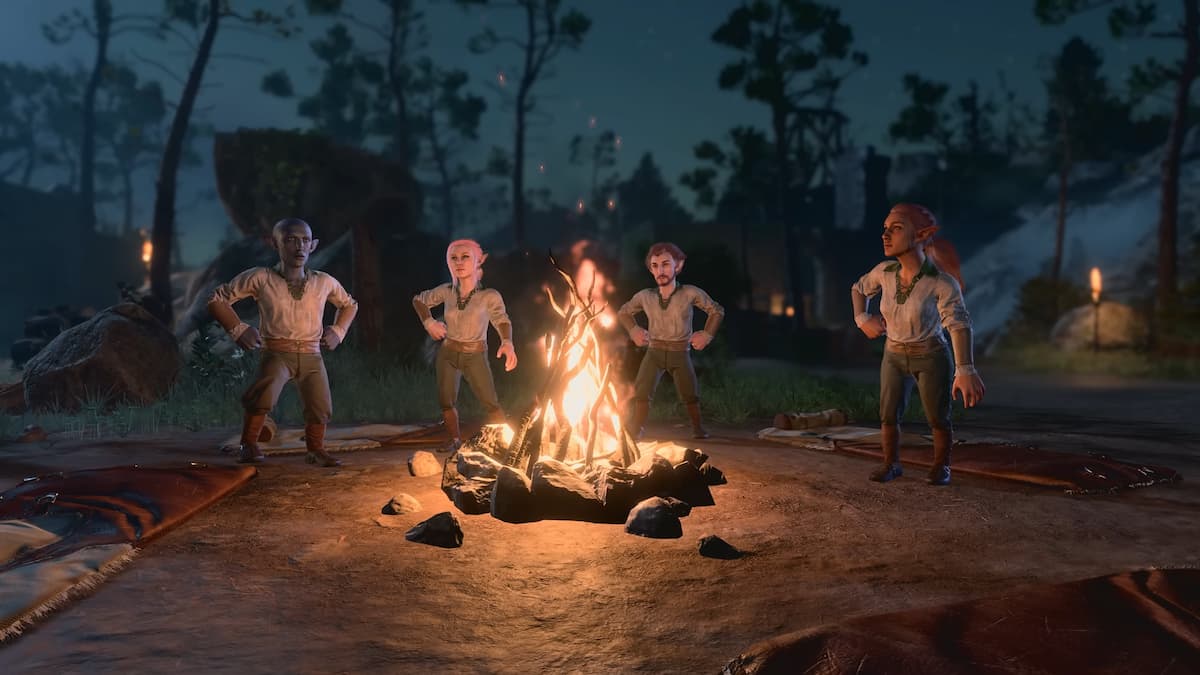
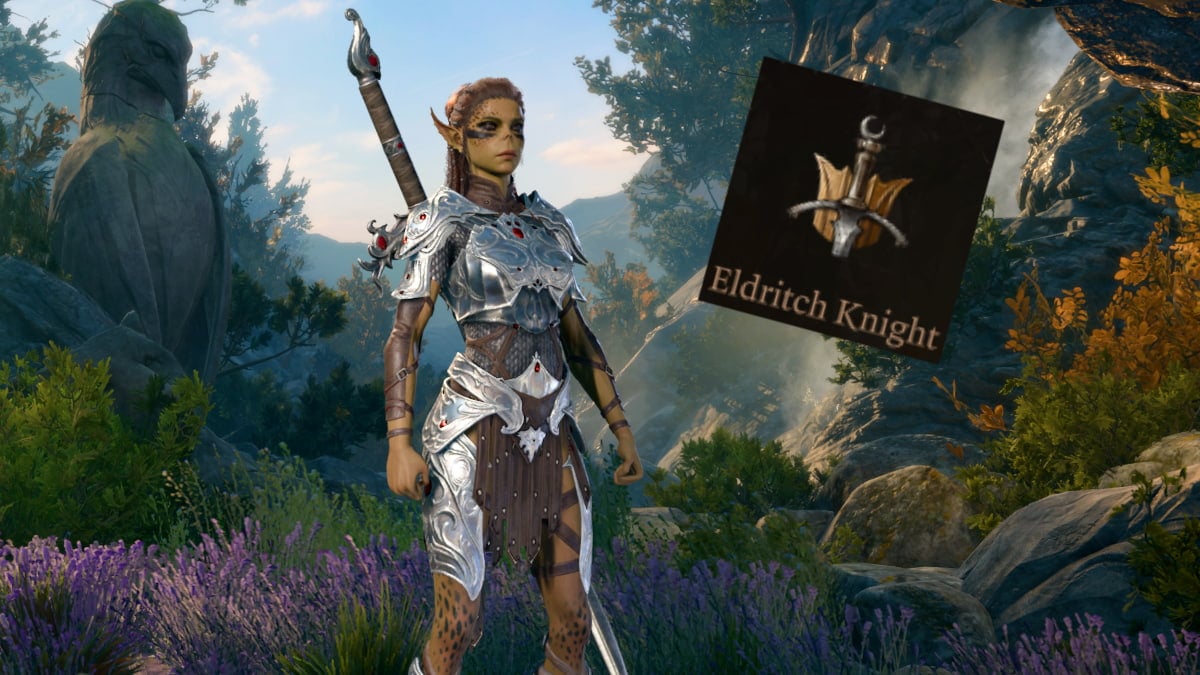

Published: Nov 16, 2023 05:53 pm